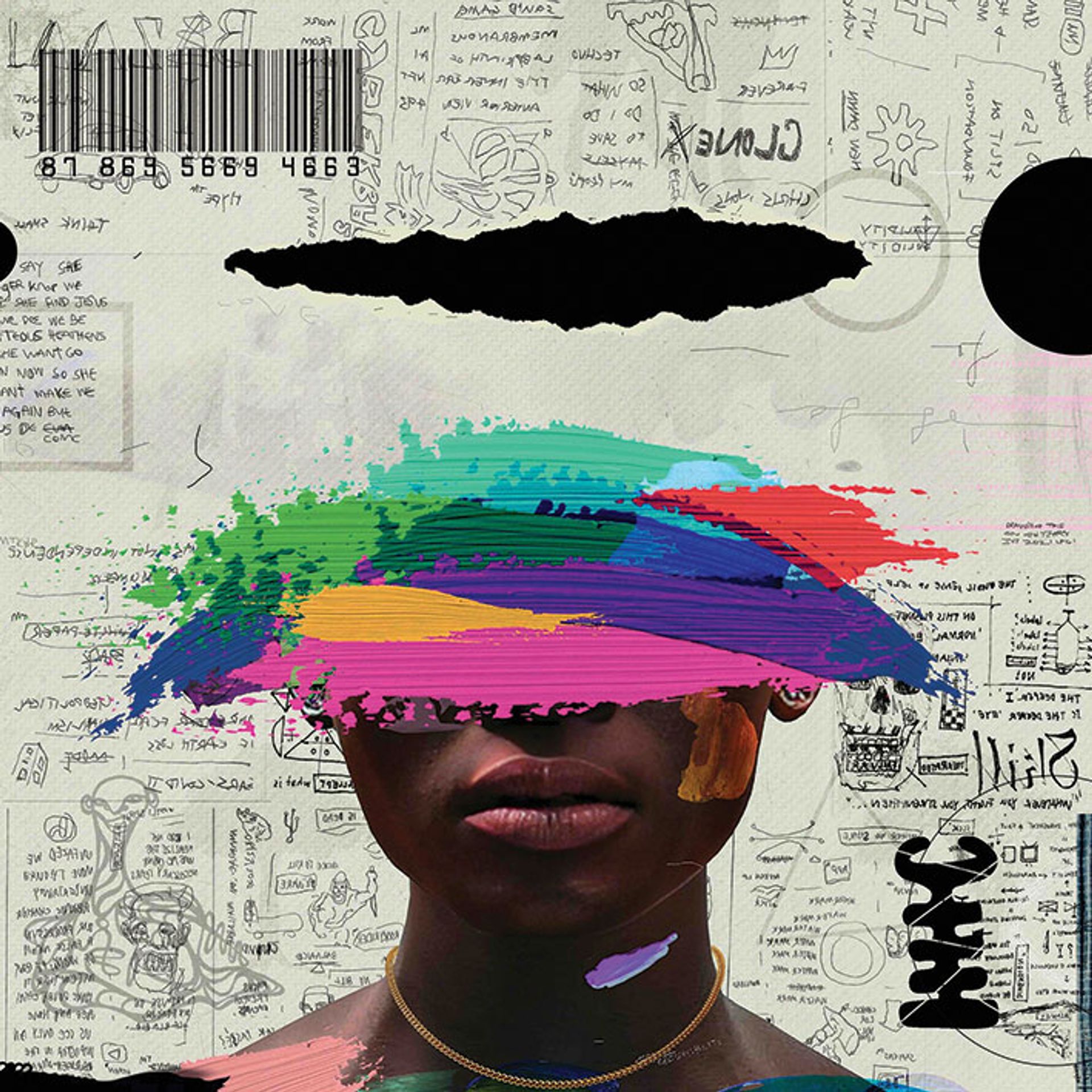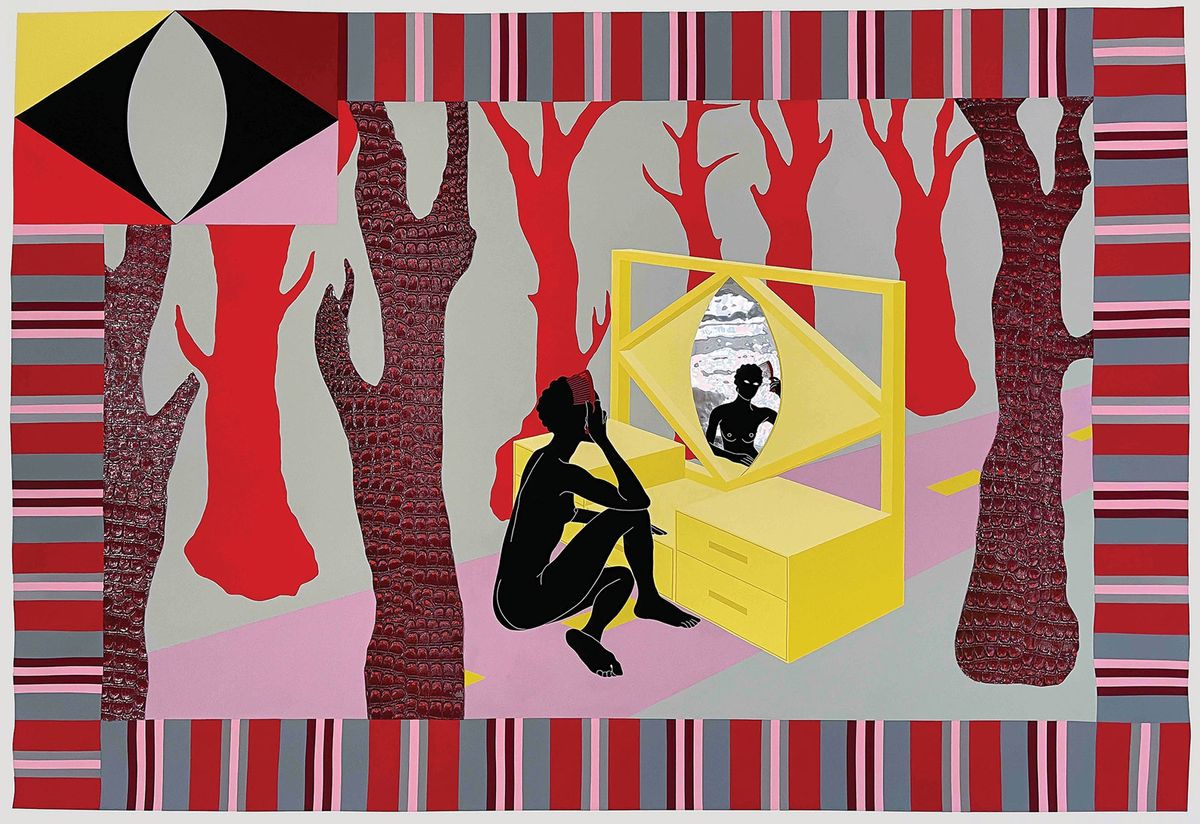The Ghana pavilion’s debut at the Venice Biennale in 2019 was widely lauded. It featured an all-star line-up of the country’s artists, including Selasi Awusi Sosu, Ibrahim Mahama and the legendary studio photographer Felicia Abban. So there is much expected of its return this year.
The exhibition is titled Black Star: the Museum as Freedom and has been put together by the same curator as the 2019 pavilion, Nana Oforiatta Ayim, who is also the director of ANO Institute of Arts and Knowledge in Accra and director-at-large of Ghana’s Museums and Cultural Heritage. She has invited the artists Na Chainkua Reindorf, Afroscope and Diego Araúja to respond to the multiplicity of meanings associated with the country’s iconic black star. This symbol permeates every aspect of Ghanaian life, from the national flag to the important civic monument Black Star Square, and has been used as a beacon for people of African descent to return back to the continent.
From independence to the present
Oforiatta Ayim continues the thematic enquiry she began with the last pavilion, which explored freedom as a central topic, with the momentum around Ghana’s independence in 1957 extending into the present, framed by post-colonial and neoliberal shifts. The idea of displaced Africans returning home was also central to pan-Africanist Marcus Garvey’s Back-to-Africa movement in the early 20th century and, more recently, Ghana’s Beyond the Return project. This state-sponsored initiative encourages the global African diaspora to relocate to Ghana for land or home ownership and business opportunities.

Dreamer #0009 (2021) by the Ghanaian artist Afroscope, whose influences include Afrofuturism and Surrealism © the artist
[The curator] Oforiatta Ayim continues the thematic enquiry she began with the last pavilion, which explored freedom as a central topic
In the pavilion are a series of large-scale, thematically connected installations exploring reworlding (the reinterpretation of histories and geographies in post-colonial discourse), belonging and flows of life, through physical, symbolic and metaphoric registers. Na Chainkua Reindorf’s recent paintings using acrylic, gouache and fabric mounted on canvas are reminiscent of Asafo (textile) flags made by the Fante people in Ghana, and those from the historic kingdom of Dahomey. Reindorf is “creating her own mythologies and depictions of women inhabiting and taking control of their bodies and narratives”, Oforiatta Ayim says. It is a world of Mawu Nyonu (roughly translated, “god-women”) who are in dialogue with the elements around them—a feminist reinterpretation of the largely male-led Ghanaian traditions of masquerades and secret societies. An immersive and interactive bead installation will be shown alongside the paintings.
The artist Afroscope is influenced by Afrofuturism and Surrealism. His work brings together diverse African philosophies such as the Yoruba concept of Ashe, the Nguni Bantu philosophy of Ubuntu and Akan Adinkra symbology. In Venice he will explore the different flows of life in these alternative systems of thought through the lens of, and with the aid of, technology, in a series of mixed-media and digital collages from the series Ashe: Sunsum Kasa (2021). He aims to present new futurist spaces as an alternative to outdated knowledge systems that he sees as failing us all. “Afroscope examines to what extent technology can be imbued with spirit,” Oforiatta Ayim explains, “and what it means for technology to be a true extension of our selves.”

Brazilian artist Diego Araúja’s digital collage Untitled (2018). The artist explores trade links between his homeland and Ghana, examining the connection to trauma and separation © the artist
The Brazilian artist Diego Araúja is interested in connections between Ghana and his homeland. His sound archive A Salt Congress (2022) draws inspiration from the diverse communities inhabiting the shorelines of West Africa, a zone embraced as a new meeting point for African diasporas across the world. Oforiatta Ayim says that Araúja “looks at the histories of Ghana and Brazil and trade [and their connection] to the histories of trauma and separation, by creating a new language for them”.
Inclusive innovation
The installations will be housed within what the curator describes as a modular bamboo structure by D.K. Osseo-Asare of Low Design Office (Lowdo), a practice based in Tema, Ghana, and Austin, Texas. Lowdo creates spaces and buildings that it describes as “inclusive innovation for people living in resource-constrained environments”.
Osseo-Asare’s structures will also be replicated in spaces across Venice and Ghana, with the intention of linking these two sites through their shared histories, notably the gold-salt trade routes once connecting the Venice lagoon with its equivalent in Sakumono, Ghana.
The freedom and reworlding at the heart of the pavilion’s thesis are rooted in ideas around national identity, ingrained locally yet extending to the diaspora. But, as the cultural theorist Homi K. Bhabha has argued: “One’s sense of nationhood is discursively constructed.” How these artists unpack social constructs around return and belonging—amid the reality that, in today’s Ghana, these utopian ideals are being used by the state to create new models for economic development—will be interesting to see.
Ghana
Artist: Na Chainkua Reindorf, Afroscope and Diego Araúja
Organisers: Nana Oforiatta Ayim; Akwasi Agyeman, Ministry of Tourism, Arts And Culture
Where: Arsenale


